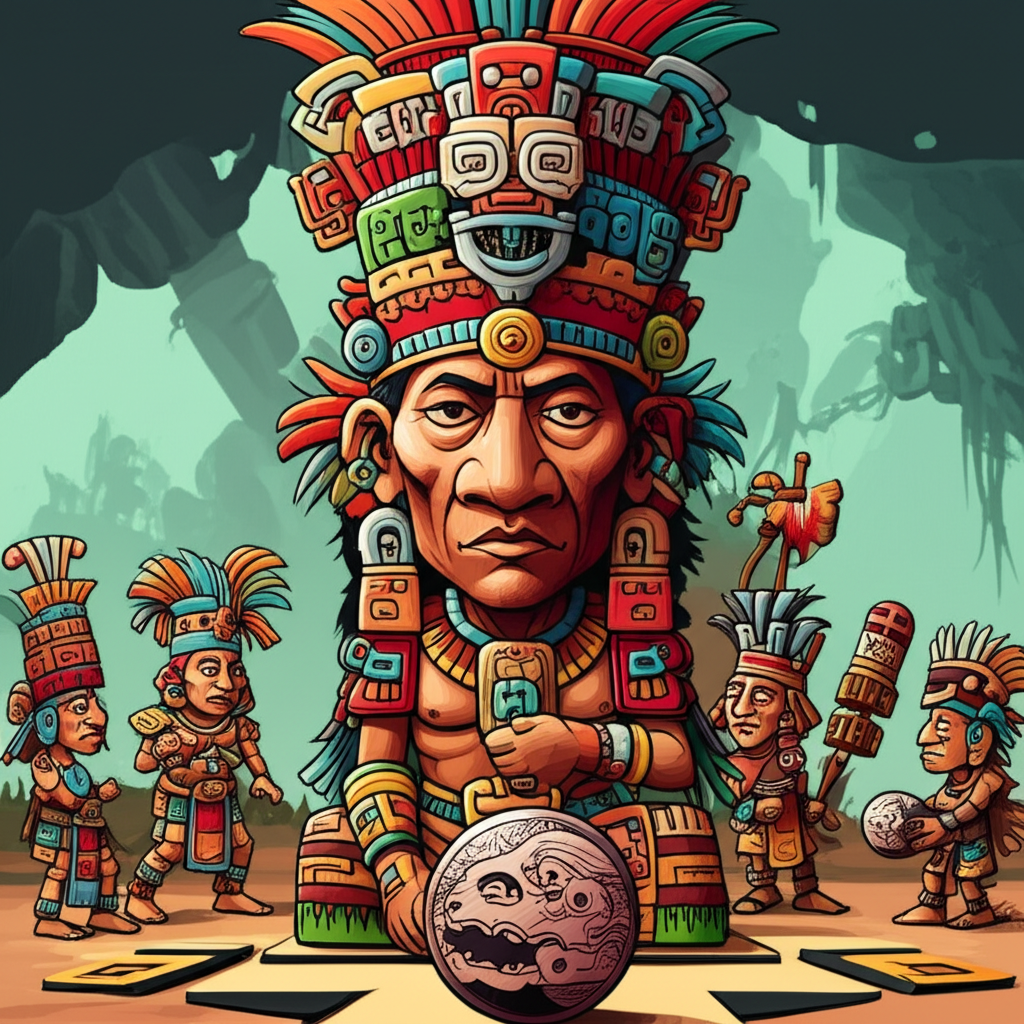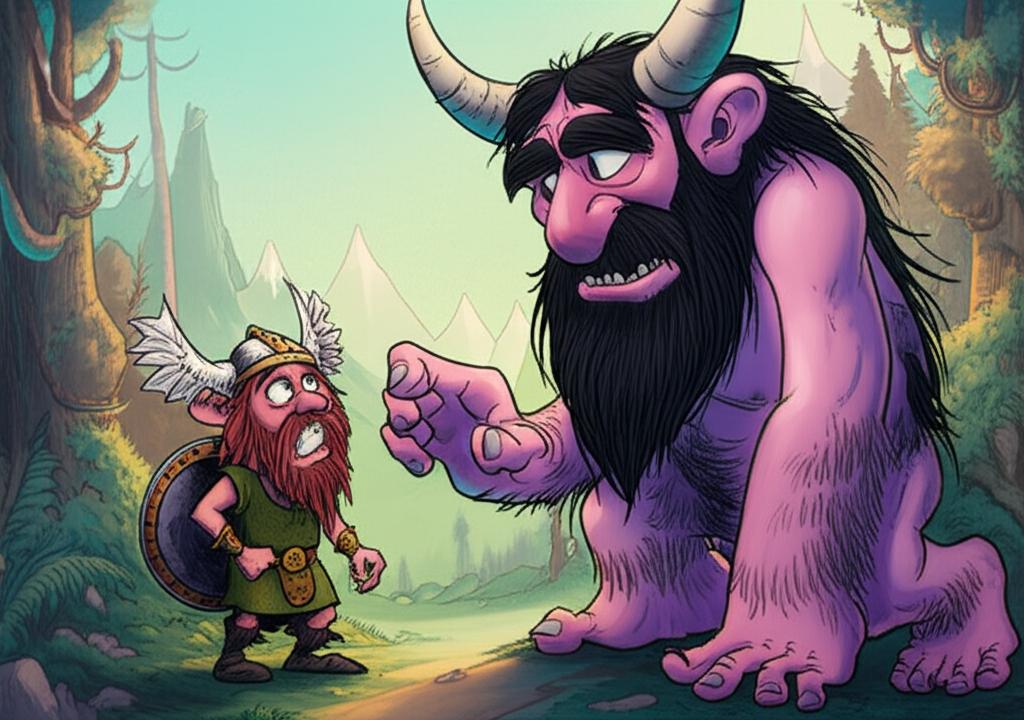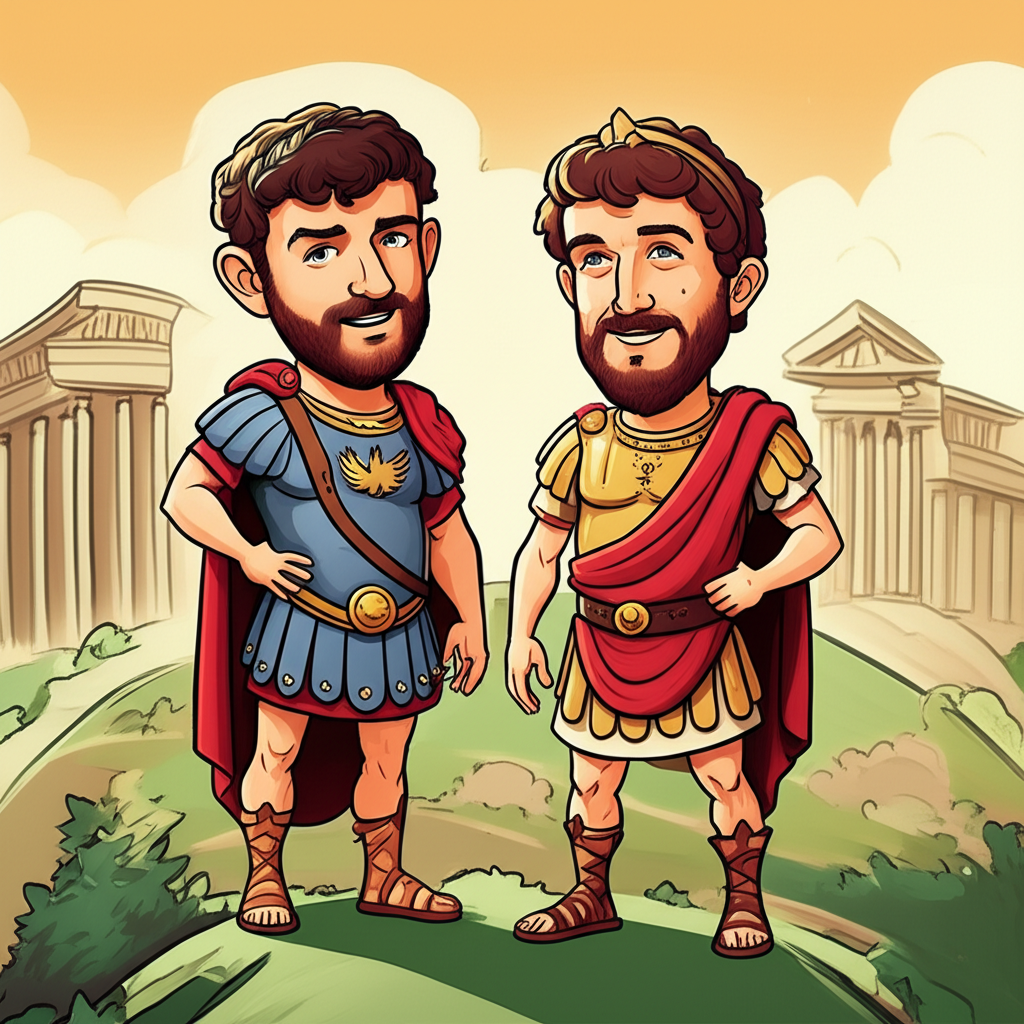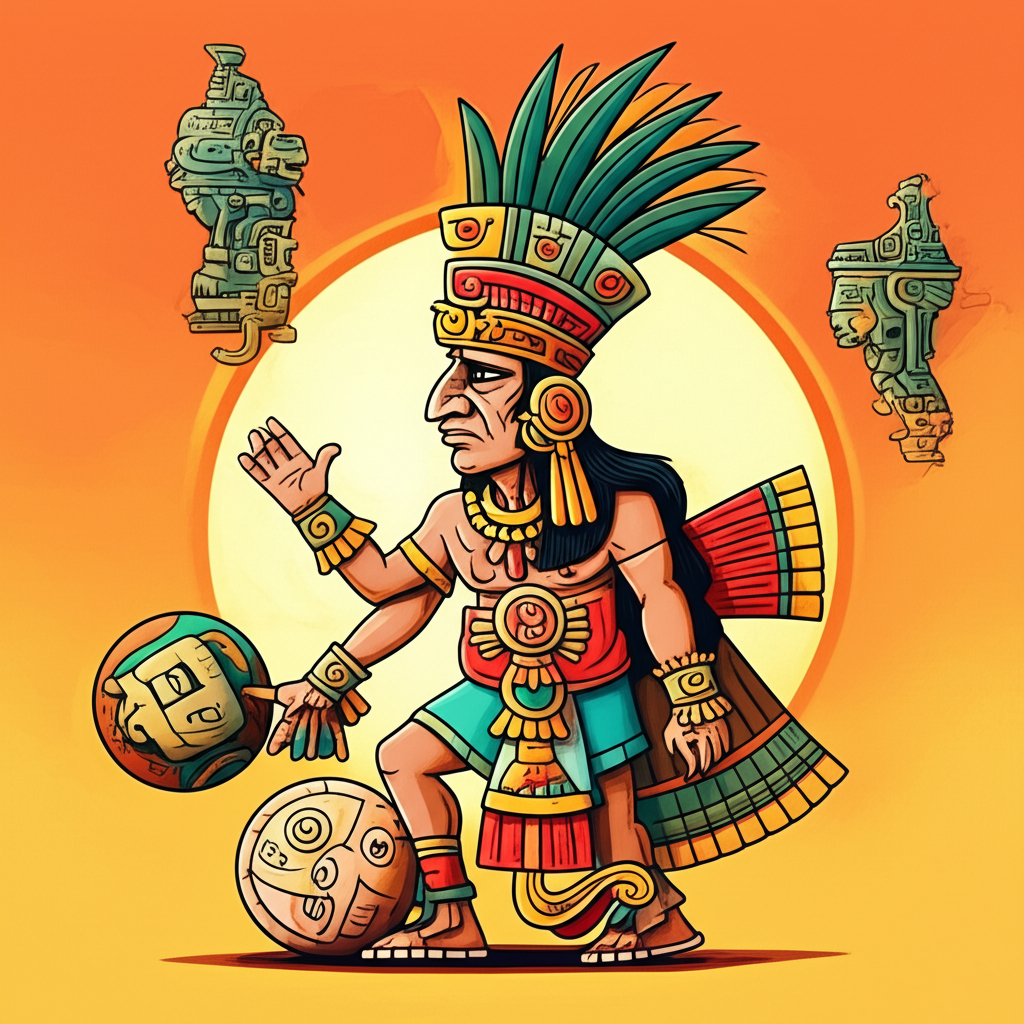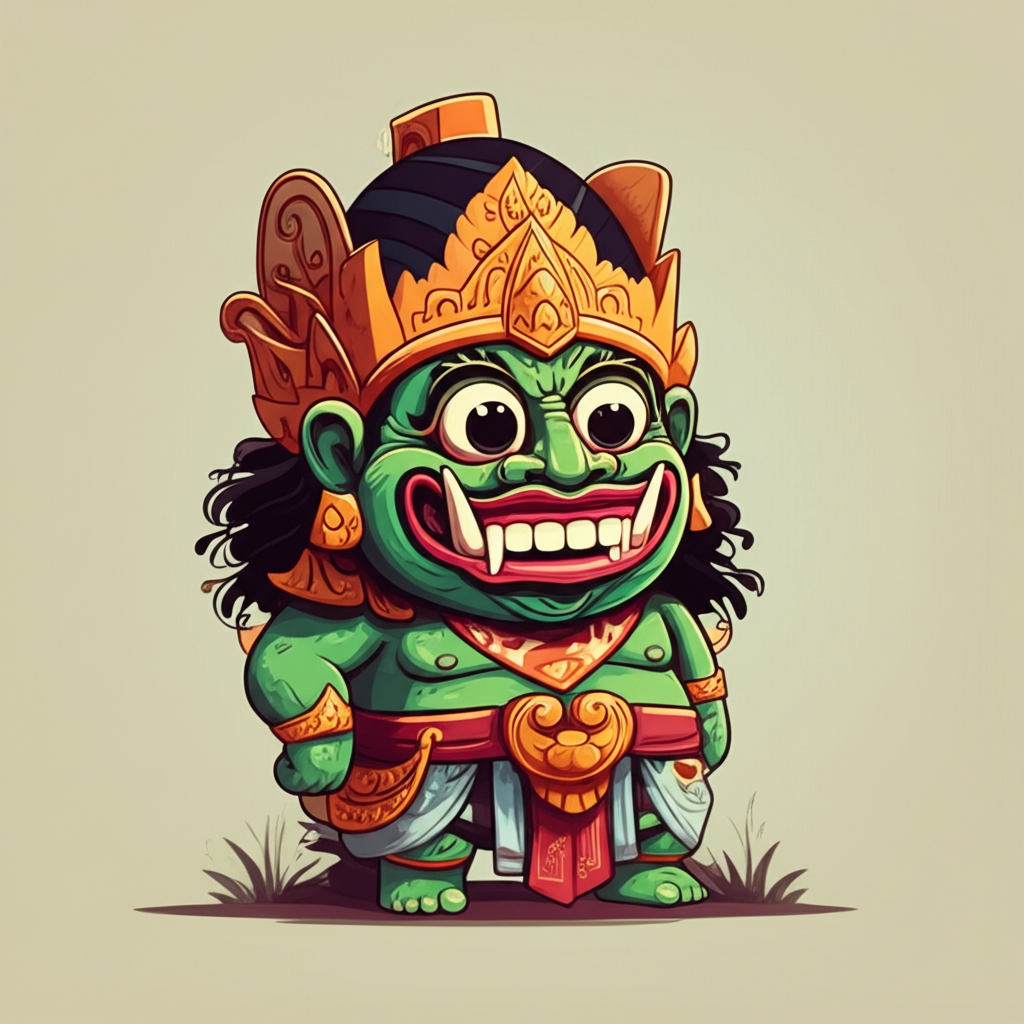Echoes of Maui and the Taniwha: Guardians of Aotearoa’s Shores
The vast, cerulean expanse of the Pacific Ocean has cradled countless stories, whispered on the winds and etched into the very fabric of island cultures. Among these, the traditions of…
Guardians of the Smoking Peak: The Whispers of the Barong at Gunung Tangkuban Perahu
Nestled amidst the verdant highlands of West Java, Indonesia, stands Gunung Tangkuban Perahu, a majestic volcano whose name whispers a tale of ancient times, of love, betrayal, and the enduring…
Guardians of the Sacred Flow: Naga and the Myth of the Ganga
The tapestry of human culture is woven with threads of myth and legend, stories that emerge from the deep wellspring of collective imagination to explain the world and our place…
The Chronicle of Shango and the Eternal Mountain
Introduction The tale of Shango and the Eternal Mountain originates from the Yoruba people of West Africa, particularly Nigeria, Benin, and Togo. It is a traditional story passed down through…
The Weaver of Worlds and the Echoes of Lost Suns: Itzamna and the Trial of Five Suns
Deep within the verdant heart of Mesoamerica, where towering pyramids kissed the clouds and intricate glyphs whispered tales of ancient wisdom, the Maya people nurtured a rich tapestry of myth…
Whispers from the Pines: The Yurei of Izumo
The mists that often shroud the ancient land of Izumo, nestled on the western coast of Japan, carry whispers of tales as old as the gnarled pine trees that cling…
The Chronicle of Shango and the Eternal City
Introduction: From the vibrant heart of the Yoruba people, a rich tapestry of myths and legends has been woven over centuries. Among these tales, the story of Shango, the powerful…
The Weaver of Worlds and the Descent into Shadow: Itzamna and the Ballgame of the Underworld
The rich tapestry of Mesoamerican mythology is woven with threads of cosmic battles, divine ingenuity, and the cyclical nature of existence. Among the most profound figures in this ancient worldview…
Guardians of Izumo: The Whispers of the Yuki-onna
In the snowy peaks and ancient forests of Japan, particularly within the historical and culturally rich region of Izumo, whispers of the supernatural have long woven themselves into the fabric…
Guardians of Danau Maninjau: Echoes of the Wewe Gombel
The mist, thick and pearlescent, often clings to the slopes of the caldera surrounding Danau Maninjau, a vast, shimmering lake nestled in the heart of West Sumatra, Indonesia. It is…
 Ix Chel and the Ballgame of the Underworld: A Journey Through Mayan Lore
Ix Chel and the Ballgame of the Underworld: A Journey Through Mayan Lore Ix Chel and the Oath of the Popol Vuh Hero Twins: A Maya Legend
Ix Chel and the Oath of the Popol Vuh Hero Twins: A Maya Legend Ix Chel and the Oath of Five Suns Cosmogony: A Tale from the Ancient Maya
Ix Chel and the Oath of Five Suns Cosmogony: A Tale from the Ancient Maya Ix Chel and the Oath of Ballgame of the Underworld
Ix Chel and the Oath of Ballgame of the Underworld Ix Chel and the Journey of the Popol Vuh Hero Twins: A Glimpse into Mayan Mythology
Ix Chel and the Journey of the Popol Vuh Hero Twins: A Glimpse into Mayan Mythology The Weaver of Worlds and the Dance of Ages: Ix Chel and the Journey of Five Suns
The Weaver of Worlds and the Dance of Ages: Ix Chel and the Journey of Five Suns Ix Chel and the Echoes of the Underworld Ballgame
Ix Chel and the Echoes of the Underworld Ballgame Echoes of the Underworld: Itzamna and the Myth of the Hero Twins
Echoes of the Underworld: Itzamna and the Myth of the Hero Twins






















